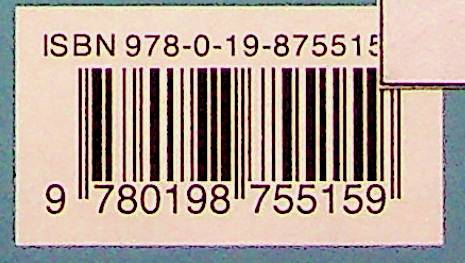I have always been gratified by historical studies which show that science is inseparablefrom the society in which it is born, a society that—more than ever—depends on scientificadvances. Hence it is with special satisfaction that I have brought together in thisbook examples that show the interrelationship of the conceptual aspects and the socioeconomicdevelopments of science. In this study I compare two cases of industry affectinggeophysics, one in Britain and one in the USA. Both cases show the influence of industryon not only the values and practices but the content of geophysics. As the heading ‘Geophysics,realism, and industry’ suggests, the most significant influence of industry onscience has to do with the issue of realism. Each case study occupies one of the two main parts of the book. In the section on Britain, I focus on the study of the Earth’s ionosphere and how the radio industry affected ionospheric physics in that country. In the section on the USA, I focus on the study of the Earth’s crust and how the oil industry affected crustal seismology in that country. In spite of this two-fold structure, the points of contact betweenthe two parts are numerous. The main thread running through both stories is wave transmission. The two are twin children of the years between the World Wars, and both epitomize the interface between academic scientists and industrial scientists. However, the most decisive similitude concerns an epistemological aspect: the realist commitment to geophysical conceptions.This book is a contribution to the history of realism about theoretical entities in scientific communities influenced by commercial environments. By realism about entities I mean the stance whereby scientists believed in the existence of unobservable entities postulated by theories, but this did not necessarily mean that the scientists also believed these theories to be true. In Britain and the USA during the interbellum and beyond, these stances prevailed in the fields of ionospheric physics and crustal seismology. Suchan approach provided useful images of the Earth's atmosphere and the crust. The realist commitments of these scientists were influenced by technical and commercial developments given in the radio and oil industries. In this context, realism about entities (rather than about theories) is viewed as the major influence, which epitomizes the interface between academic science and corporate science.This book covers a technoscientific field: twentieth-century geophysics and its explorationusing artificially created waves. This field absorbs much of my work as an historian.It was the histories of geophysics and meteorology that first captivated me in postgraduate courses, and one of the ‘merits’ recognized in my doctoral dissertation wasthe explanation of the processes of institutionalization and teaching of both sciences as they developed in Spain. From the earliest steps of my research, I was fascinated by the variety and heterogeneity of environments in which Spanish geophysicists interacted in the nineteenth and twentieth centuries. Geophysics in the early twentieth century wasan umbrella discipline that, besides covering a vast range of fields, had multiple importantdimensions: social, industrial, geopolitical, military, philosophical, etc. Many Spanishgeophysicists—like Vicente Inglada, Jose Garcia Sineriz, and many others—found commercialand military fields a profitable avenue for their personal careers. Hence, to supposethat the course of geophysical notions was guided exclusively by the cogitation andtheoretical reasoning emerging from the minds of academic scientists seemed to me tobe a grave mistake.Looking back over these texts, I feel highly encouraged in saying that the study ofscientific ideas is a multifaceted task, and that its knowledge is seen only through a lensof polychromatic contexts, rather than by the light of a single internalist monochromebeam. In the realm of this umbrella discipline, I am grateful to Oxford University Press for the opportunity of showing this interrelationship, however partially. Likewise, I thankthe various copyright holders withoutwhose permission the present book would nothave come to fruition.
5
GEOPHYSICS, REALISM, AND INDUSTRY
AITOR ANDUAGA
Penerbit :
Aitor Anduaga 2016
Tahun :
2016
Buku Text
-
No Scan125
-
No Klasifikasi550
-
ISBN
-
ISSN
-
No Registrasi027B102016
-
Lokasi Terbit
-
Jumlah Hal50
-
Label550 Ait
-
Versi DigitalTIDAK
-
Versi FisikTIDAK
-
Lokasi Rak Buku Fisik//
-
Jumlah Exemplar Fisik Tersedia-






